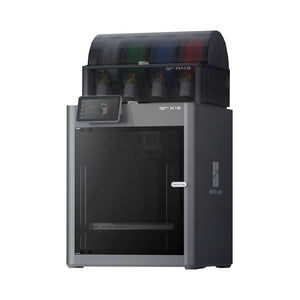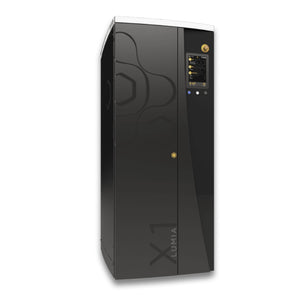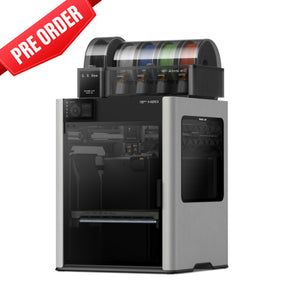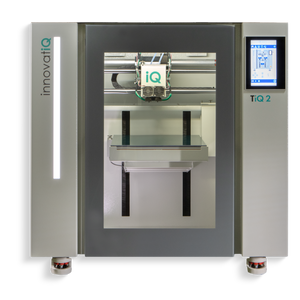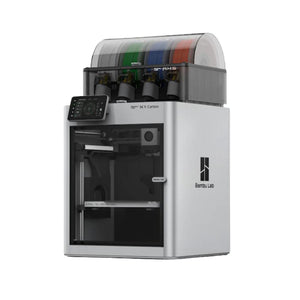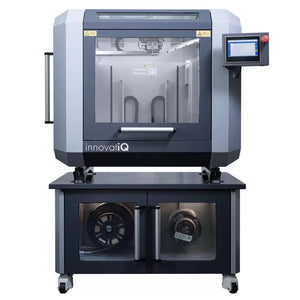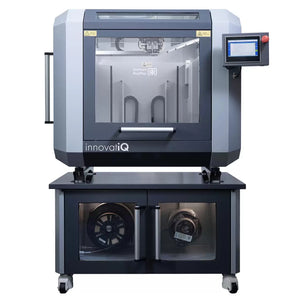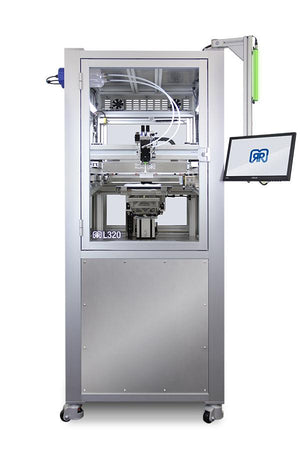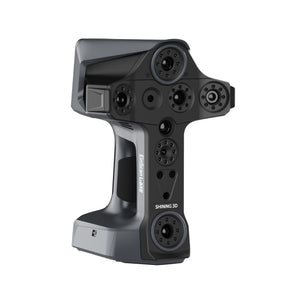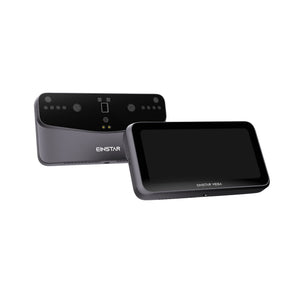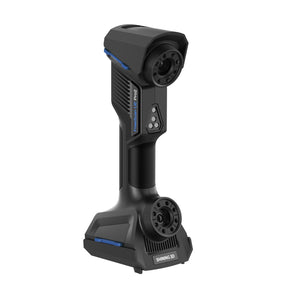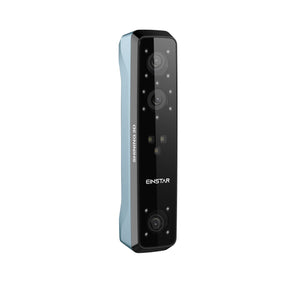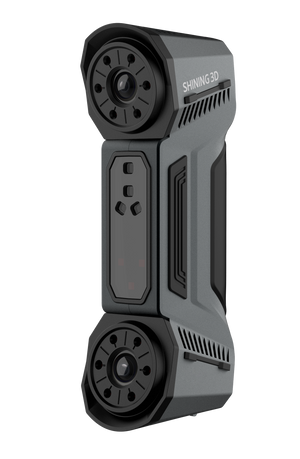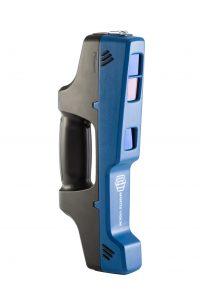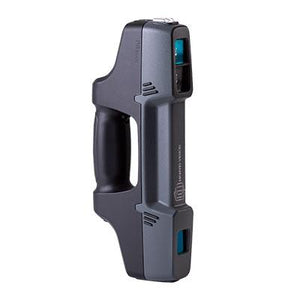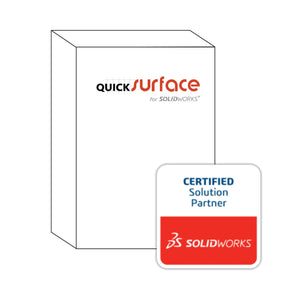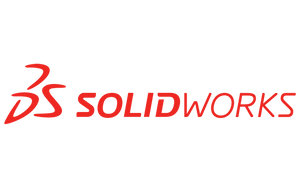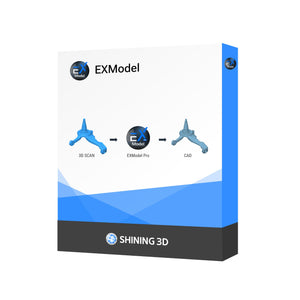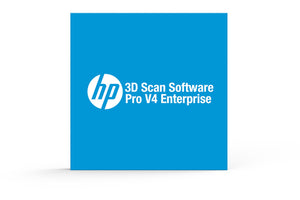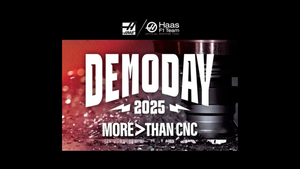Apr 18, 2025
To Dry or Not to Dry? (Spoiler: Dry.)
There’s a lot of chatter in the 3D printing world about carbon fiber filaments, exotic blends, and getting stronger, stiffer parts — but let’s not forget one of the simplest ways to level up your print quality: keep your filament dry.
I can’t tell you how many times I’ve talked to someone chasing print quality issues — layer adhesion problems, stringing, brittle parts — only to find out they’ve been feeding wet filament into an engineering-grade 3D printer like the Bambu Lab X1C, X1E, or H2D. It’s like running a high-performance engine on watered-down fuel.
What Does “Dry” Really Mean?
A lot of folks assume that if filament looks fine, it is fine. Not true. Many polymers — especially high-performance ones — are hygroscopic, meaning they pull moisture straight from the air. Once that happens, all kinds of issues pop up: inconsistent extrusion, layer separation, popping noises, even a rough surface finish.
Let’s break it down:
Materials That Need Drying:
These filaments are moisture magnets and should be dried before printing:
-
PVA and other soluble support materials
-
ABS / ASA
-
Polycarbonate (PC)
-
Nylon / Polyamides (extremely hygroscopic)
-
TPU / flexible rubbers
-
PPA / PPS and other engineering-grade blends
Materials That Kinda Need Drying:
Not as aggressive, but moisture can still impact print quality:
-
PLA
-
PETG
-
PBT
Materials That Don’t Really Care:
These are more or less non-hygroscopic:
-
HIPS
-
Polypropylene
What About the AMS?
If you're using the Bambu Lab AMS (Automatic Material System), it's a fantastic tool for keeping dry filament dry — but here’s the catch: it can’t dry wet filament. So if you load compromised material, the AMS is just sealing in the problem.
You can print a few mods to add extra desiccant packs to the AMS, which definitely helps it stay dry longer. But if your filament is already moisture-laden, you’ll need something more proactive.
Enter: The PrintDry
The PrintDry is our go-to filament drying solution (https://3dchimera.com/products/printdry-filament-dryer-pro3). It’s simple, effective, and flexible enough for real-world workflows. You can use it two main ways:
-
Active Dry Box Mode: It can feed two standard-size spools directly into your printer while keeping them dry. We've even stacked four spools comfortably in there when using it as a static drying oven.
-
Dedicated Drying Oven: Crank it up to 85°C and it’ll pull moisture out of even the most stubborn polymers — perfect for nylons and other high-performance materials before feeding into your AMS or loading onto your printer.
Bottom Line
If you're working with engineering-grade materials — especially carbon fiber-reinforced nylons — drying is not optional. It’s a small investment that pays off big in consistency, strength, and print quality.
We recommend every serious user have a drying setup in place. It keeps your printer focused on what it does best — printing — and leaves the drying to the right tool for the job.
Curious what the right setup looks like for your materials or workflow? Hit us up — we’re happy to help you dial it in.


